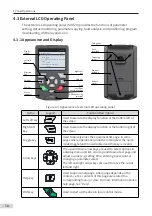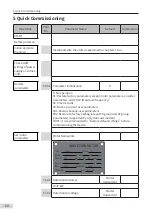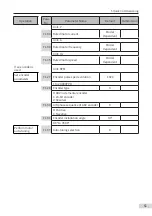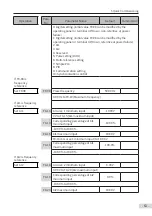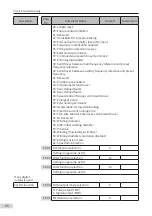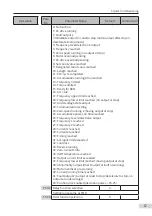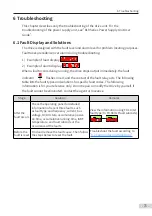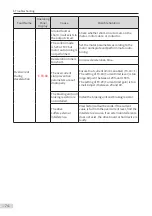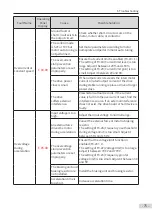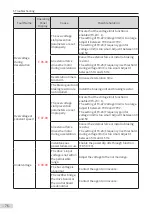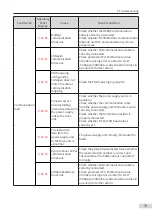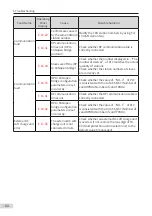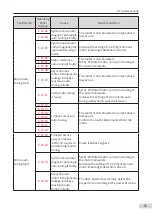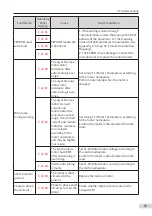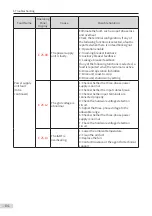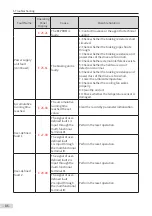
6 Troubleshooting
- 71 -
6 Troubleshooting
This chapter describes only the troubleshooting of the drive unit. For the
troubleshooting of the power supply unit, see "810 Series Power Supply Unit User
Guide".
6.1 Fault Display and Solutions
The drive is designed with the fault level and alarm level for problem locating purposes.
Fault takes precedence over alarm during troubleshooting.
1)
Example of fault display:
2)
Example of alarm display:
When a fault occurs during running, the drive stops output immediately, the fault
indicator
TUNE
TC
flashes in red, and the contact of the fault relay acts. The following
table lists the fault types and solutions for specific fault codes. The following
information is for your reference only. Do not repair or modify the drive by yourself. If
the fault cannot be eliminated, contact the agent or Inovance.
Stage
Solution
Remarks
After the
fault occurs
Check the operating panel for detailed
information of recent three faults, such
as fault type and frequency, current, bus
voltage, DI/DO state, accumulative power-
on time, accumulative running time, IGBT
temperature, and fault subcode at the
occurrence of the faults.
View the information using F9-14 (1st
fault type) to F9-46 (1st fault subcode).
RUN
FWD
REV
TUNE
TC
Hz
A
V
RUN
FWD
REV
TUNE
TC
Hz
A
V
Before the
fault is reset
Find and remove the fault cause. Then follow
the steps below to reset the fault.
Troubleshoot the fault according to


